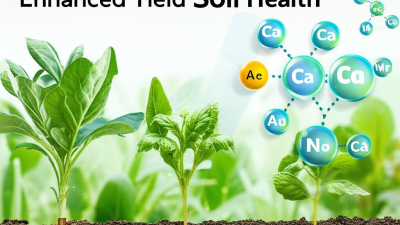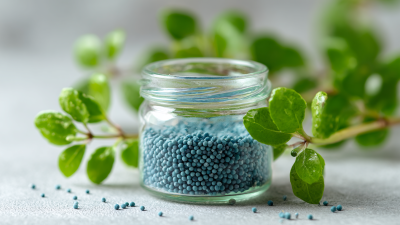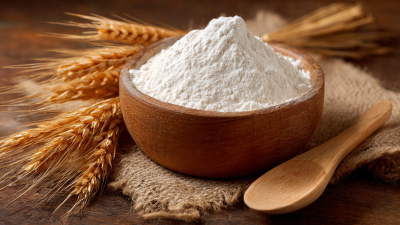The importance of choosing the right fertilizers for garden health cannot be overstated, with water soluble granular fertilizer emerging as a pivotal option for gardeners seeking to enhance plant growth and productivity. According to the International Fertilizer Industry Association (IFA), the global consumption of water-soluble fertilizers has been on an upward trajectory, with projections indicating a growth rate of 5% annually. This growing trend is largely attributed to the increasing awareness of the benefits these fertilizers provide, including their ability to deliver nutrients rapidly and efficiently when mixed with irrigation systems.
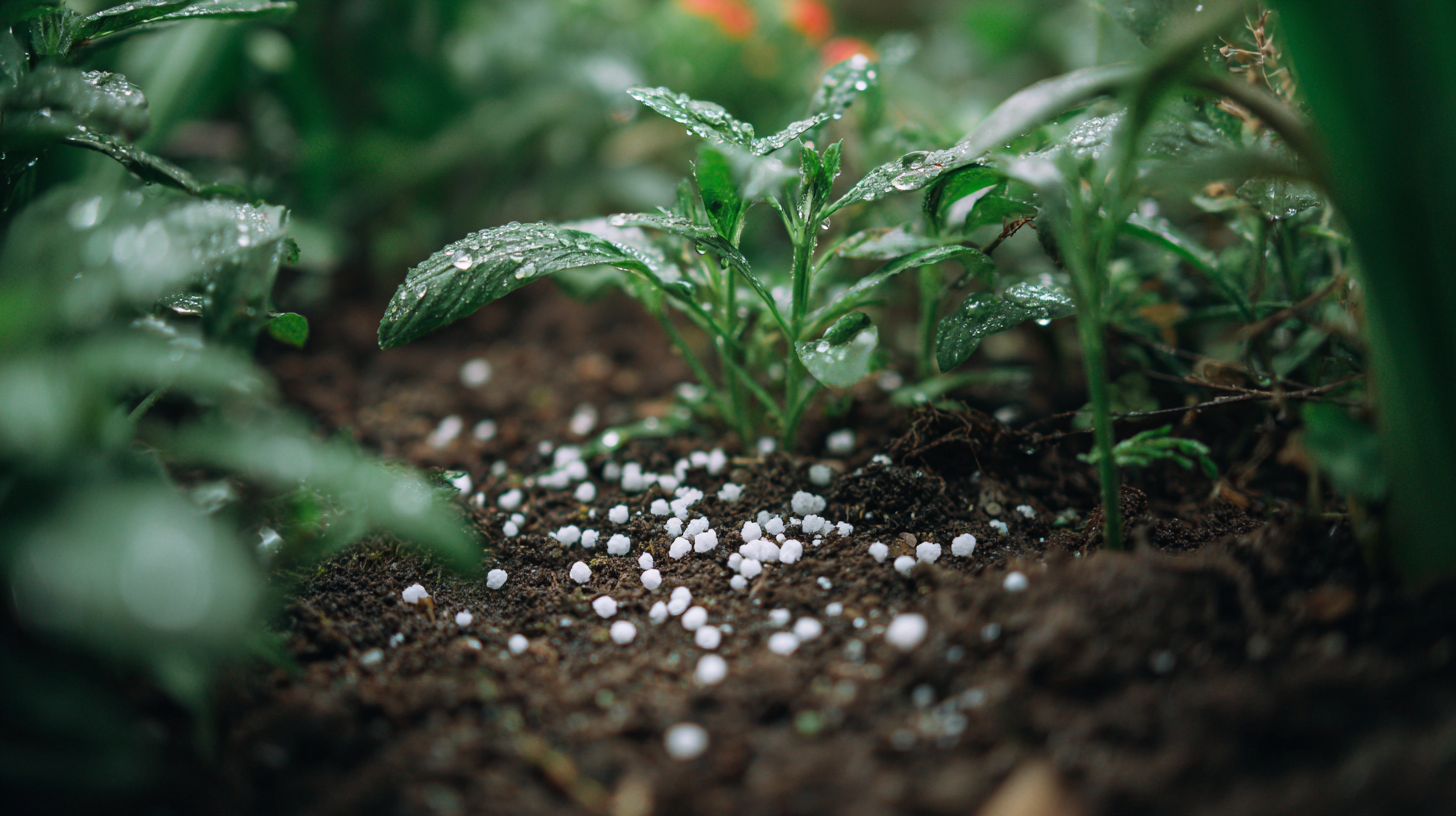
Water soluble granular fertilizer offers a unique blend of convenience and effectiveness, ensuring that essential nutrients are readily available to plants at critical stages of growth. Research from the American Society of Agronomy highlights that water-soluble fertilizers can lead to yield increases of up to 20% compared to traditional granular fertilizers, particularly in high-demand crops. Additionally, the precise formulation of these fertilizers allows for tailored nutrient management, enhancing the overall health of garden ecosystems. In this guide, we will uncover practical tips and strategies for incorporating water soluble granular fertilizers into your gardening routine, enabling you to cultivate a thriving and vibrant garden.
Water Soluble Granular Fertilizer is often regarded as a gardener's best friend due to its convenience and effectiveness in delivering essential nutrients directly to plants. Understanding the fundamentals of this type of fertilizer can significantly enhance your gardening experience. One of the most crucial aspects to grasp is the NPK ratio, which refers to the nitrogen (N), phosphorus (P), and potassium (K) content. Typically represented by three numbers on the fertilizer package, these values indicate the proportional amounts of each nutrient. For instance, a fertilizer labeled as 10-20-10 contains 10% nitrogen, 20% phosphorus, and 10% potassium. These nutrients play vital roles in plant growth, from promoting lush foliage to encouraging blooming and strengthening root systems.
The growing popularity of water-soluble fertilizers is backed by numerous horticultural studies that reveal their advantages in nutrient uptake efficiency. A report from the American Society of Horticultural Science indicates that water-soluble fertilizers can enhance nutrient absorption by up to 30% compared to traditional granular fertilizers. This efficiency is particularly beneficial during critical growth phases, such as flowering and fruiting, where plants require higher nutrient levels. Moreover, these fertilizers can be rapidly applied, allowing gardeners to respond quickly to their plants' needs, ensuring that the garden not only survives but thrives throughout the growing season.
Water-soluble granular fertilizers have gained popularity among gardeners due to their efficiency and effectiveness. These fertilizers are designed to dissolve in water, allowing plants to absorb nutrients quickly. According to a report from the National Gardening Association, using water-soluble fertilizers can enhance plant growth by up to 30% compared to traditional granular fertilizers. This is particularly beneficial for nutrient-hungry plants, such as tomatoes and peppers, which thrive on a consistent supply of essential nutrients.
One of the key advantages of water-soluble granular fertilizers is the precision they offer in nutrient delivery. A study published in the Journal of Plant Nutrition found that using these fertilizers can optimize nutrient uptake, resulting in healthier plants and improved yields. For instance, applying a balanced water-soluble fertilizer can ensure that macro and micronutrients are readily available during critical growth stages, leading to more robust root systems and vibrant foliage. Additionally, the immediate availability of nutrients can help mitigate stress during periods of drought or disease, making these fertilizers an invaluable tool for gardeners aiming for resiliency in their gardens.
| Benefit | Description | Nutrient Availability | Application Method |
|---|---|---|---|
| Rapid Nutrient Uptake | Water soluble fertilizers provide a quick supply of essential nutrients to plants, enhancing growth. | High | Dissolved in water and applied through irrigation systems or as a foliar spray. |
| Customization | Allows gardeners to mix specific nutrient ratios tailored to plant needs. | Versatile | Can be applied as needed based on plant growth stages. |
| Increased Yields | Promotes healthier plants resulting in improved yields in fruits and vegetables. | Enhances | Regular applications during key growth periods. |
| Ease of Use | Simple to apply without complex equipment; blends easily with water. | Consistent | Utilize standard watering techniques or sprays. |
Applying water-soluble granular fertilizer effectively requires a systematic approach to maximize its benefits for a thriving garden. Start by determining the nutrient needs of your plants, which often can be guided by soil tests. According to the USDA, nearly 20% of American soils are deficient in key nutrients such as nitrogen and phosphorus, emphasizing the importance of tailored fertilization. When applying, dissolve the recommended amount of fertilizer in water thoroughly before use, ensuring even distribution.
Tips: Always follow the manufacturer's instructions regarding the mixing ratio to avoid over-fertilization, which can lead to nutrient burn or hinder plant growth. It's advisable to apply fertilizer during the early morning or late afternoon to prevent evaporation and nutrient loss due to heat.
After application, monitor the plants' growth and adjust the dosage in subsequent feedings based on their response. A study by the American Society of Horticultural Science indicates that utilizing water-soluble fertilizers can enhance plant growth rates by up to 30% compared to granular fertilizers. Regular application every 4-6 weeks during the growing season will ensure your garden remains vibrant and nourished.
Tips: Consider alternating between water-soluble and slow-release fertilizers for optimal results. Ensure proper watering practices to avoid nutrient leaching and maintain soil health.
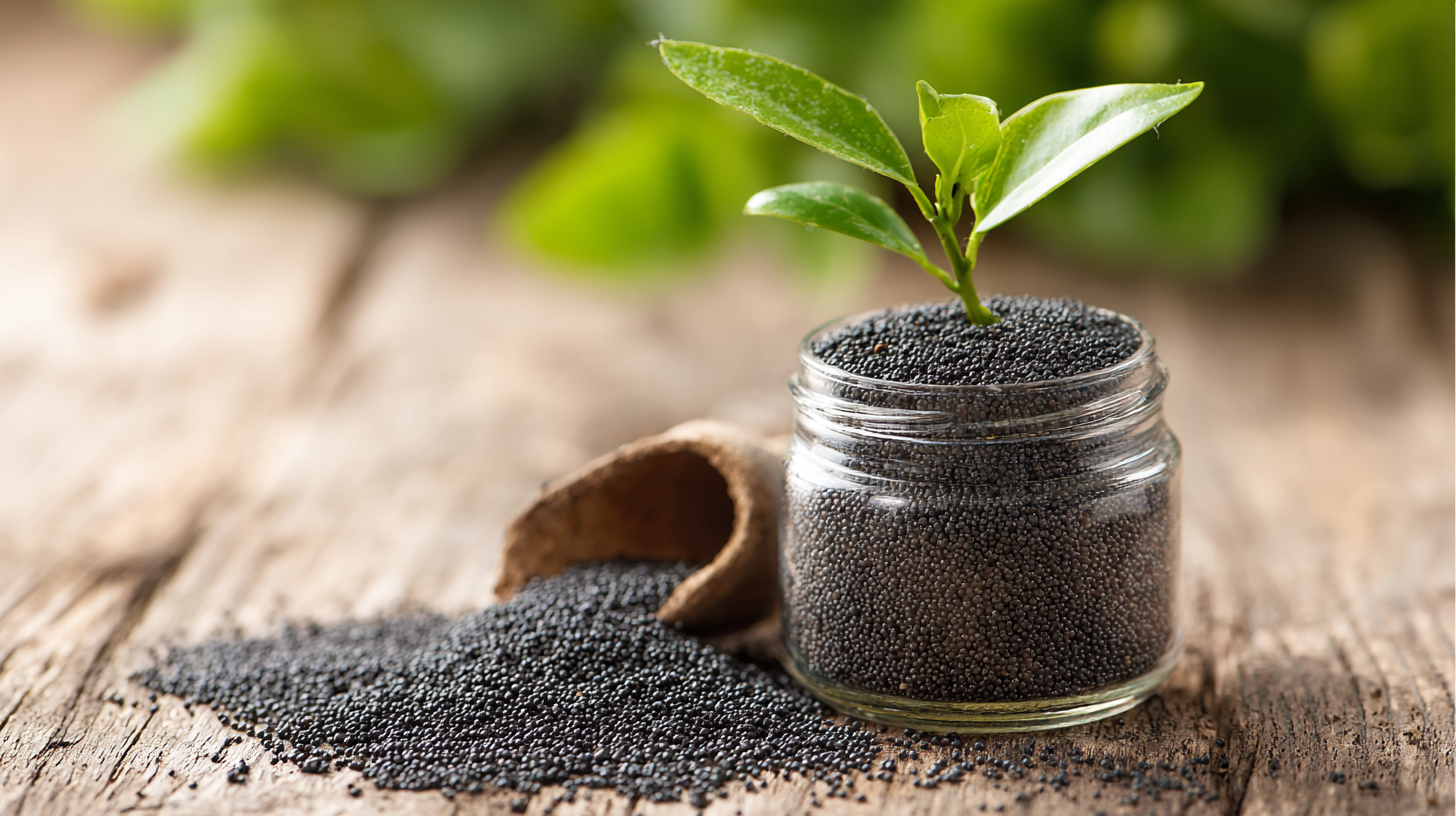
Timing is crucial when it comes to using water soluble granular fertilizer to maximize the health and productivity of your garden. Early spring is often recommended for applying this type of fertilizer, as it aligns perfectly with the growing season. This allows essential nutrients to be readily available during the critical early growth phases of your plants, supporting leafy vegetative growth and enhancing the development of flowers and fruits. For example, when cultivating vegetables, such as tomatoes, fertilizing before planting can significantly influence yield and fruit quality.
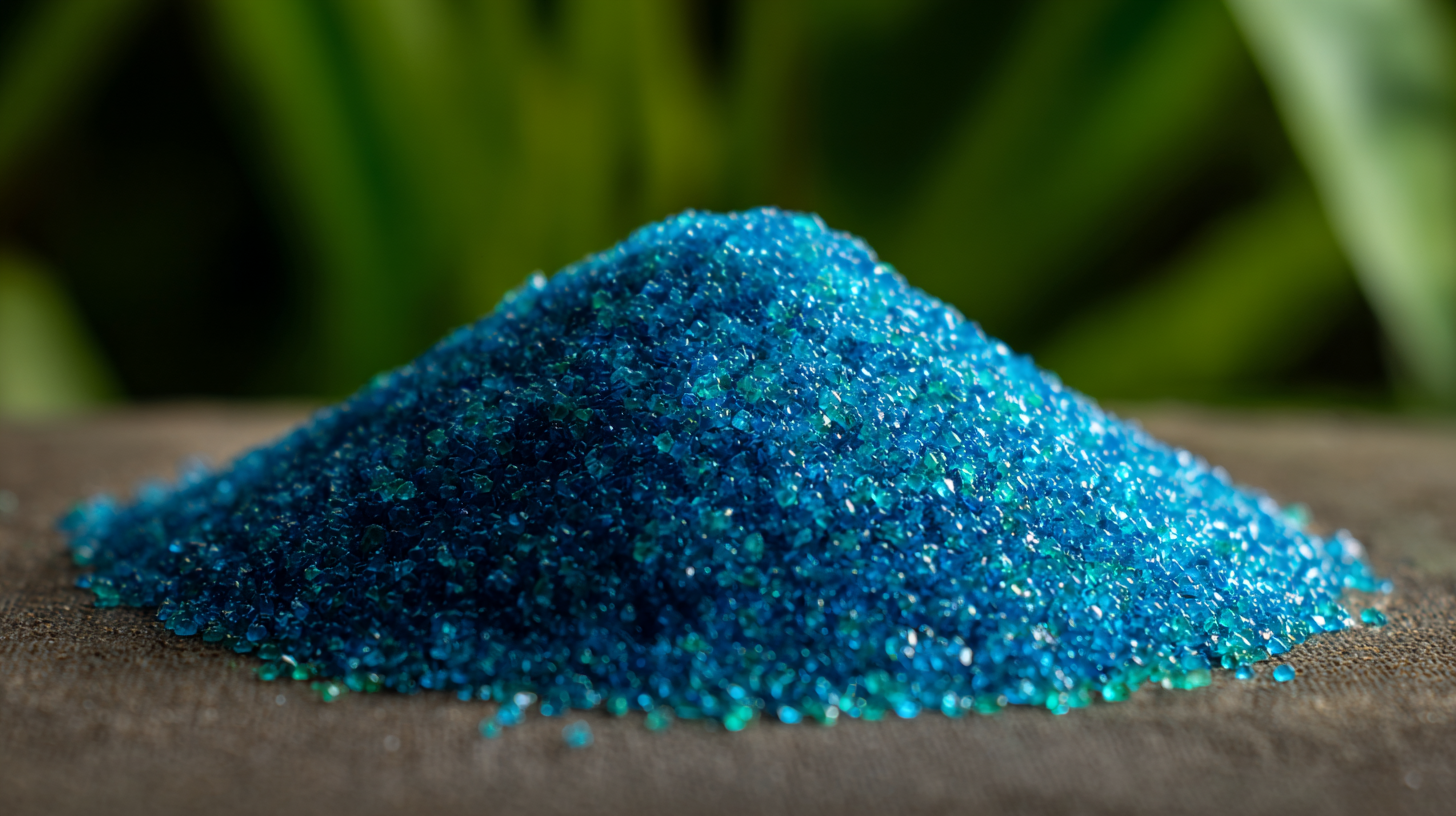
For perennials and other garden plants, fertilizing at the start of their active growth period—typically in early to mid-spring—will provide a valuable boost. As these plants begin to show new growth, the application of water soluble granular fertilizer ensures they receive the necessary nutrients, enhancing their resilience and flowering potential throughout the season. In addition, regular applications during the growing season can sustain their health and vibrancy, leading to a more lush and productive garden overall. Paying attention to the right timing and method of fertilization can unlock the full potential of your garden plants.
When using water soluble granular fertilizer in gardens, several common mistakes can hinder plant growth and nutrient uptake. One frequent error is over-fertilization, which can lead to nutrient burn and damage to roots. It is crucial to follow the manufacturer's instructions regarding the recommended dosage and frequency of application. Many gardeners mistakenly believe that more fertilizer equals better results, but this can cause more harm than good.
Another mistake is insufficient mixing when dissolving the granular fertilizer in water. Proper dissolution is essential for ensuring that plants receive the nutrients evenly. If clumps remain undissolved, certain plants may receive an abundance of nutrients, while others may be deprived, leading to uneven growth. Additionally, gardeners should be cautious about the timing of application. Applying fertilizers during extreme weather conditions, such as heavy rain or intense heat, can wash away nutrients or cause them to volatilize, reducing their effectiveness and potentially harming the plants. By avoiding these common pitfalls, gardeners can maximize the benefits of water soluble granular fertilizers and cultivate healthier gardens.
